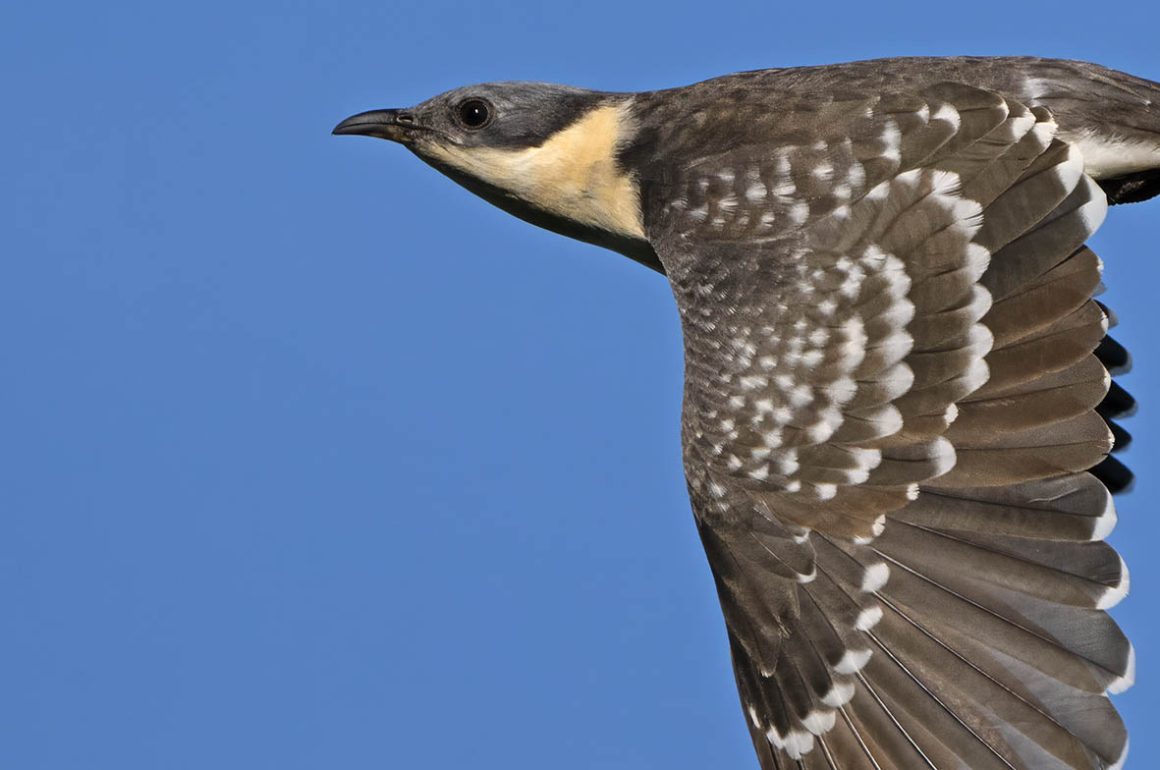
For many years now, I have had a scheduled meeting with some old friends. I drive to an area an hour away from me and, invariably, they are there keeping to their side of the appointment.
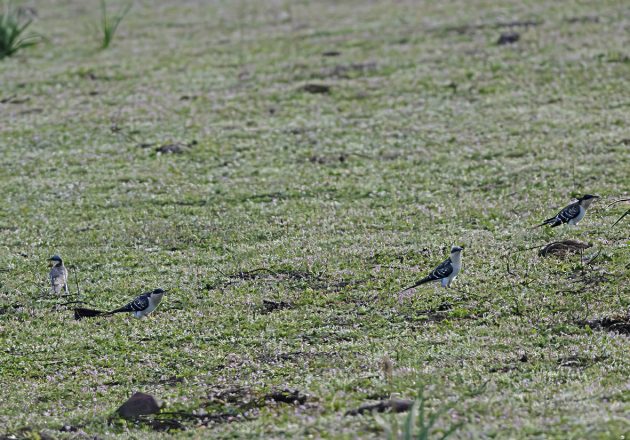
One thing that I find really hard to understand, and I’m sure that television documentary script writers and presenters are a lot to blame for, is the concept of a “Natural World”. It’s as if there were two worlds: ours (a species set apart by its own arrogance) and the rest. We have been indoctrinated into thinking that this is a real division. When we look at the “Natural World” we are looking at a picture but we’re not a part of that picture. Nothing could be further from the truth. No wonder our world – all of it -is in the state that it’s in!
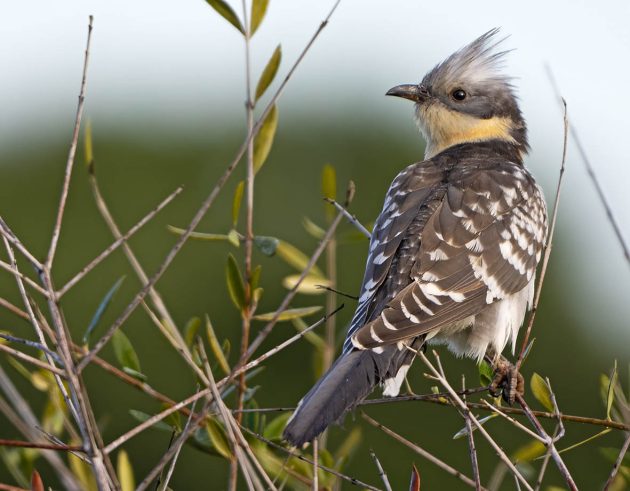
In another phase of our imagined world, we talk about aliens from other worlds. Often these aliens take on some kind of human form and the problem we have is how to communicate with them. Well, I have that problem every day but we don’t need to go to another planet to find these so-called aliens. They are all around us. Species after species of birds, mammals and countless other organisms which have evolved alongside our own species. We may see ourselves as unique but so is every other species, living or extinct. We are just another unique species.
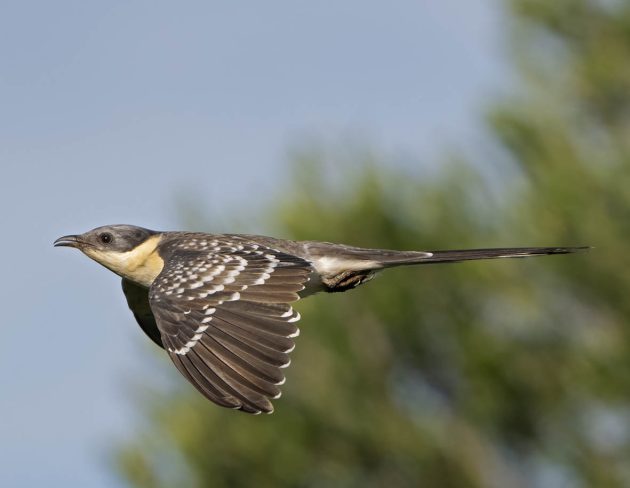
My “alien” friends were where I expected them to be. They were aware of my presence but I doubt that they remembered me from another year. I don’t even know if I was encountering the same individuals from previous years. I just wish that I could somehow communicate with them and understand how they perceive the world we share, and occasionally come across each other in. My friends are birds. They belong to a species that we have named the Great Spotted Cuckoo (Clamator glandarius). They come to breed in the Iberian Peninsula, laying their eggs in the nests of corvids, particularly Eurasian Magpies (Pica pica) which are expected to raise their young for them.
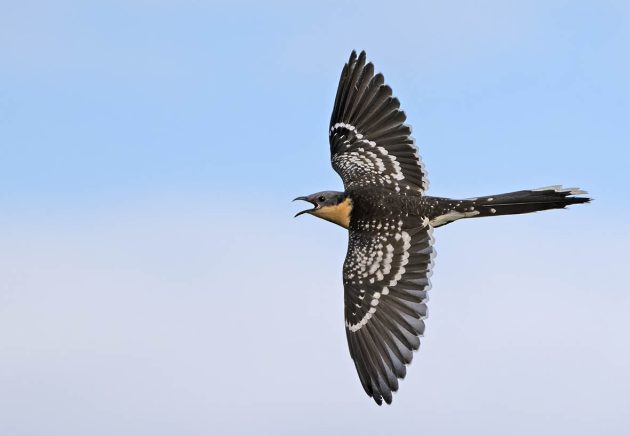
The fascinating thing for me is their punctuality, not just in time, but also in space. Each year I find them in an area of 10 square kilometres and I know why they are there. They are gorging themselves on a huge emergence of caterpillars in an open olive woodland habitat. These birds have been away for six months, in the Sahel, just south of the Sahara Desert, between Senegal and the Inner Niger Delta. They somehow find their way back to exploit the caterpillars and then they move on to the breeding grounds. A recent satellite tracking study showed that these birds frequently changed location south of the Sahara, presumably exploiting peak of caterpillar abundance in different zones within the Sahel. From this point of view, my friends are just continuing this resource tracking, this time north of the Sahara Desert.
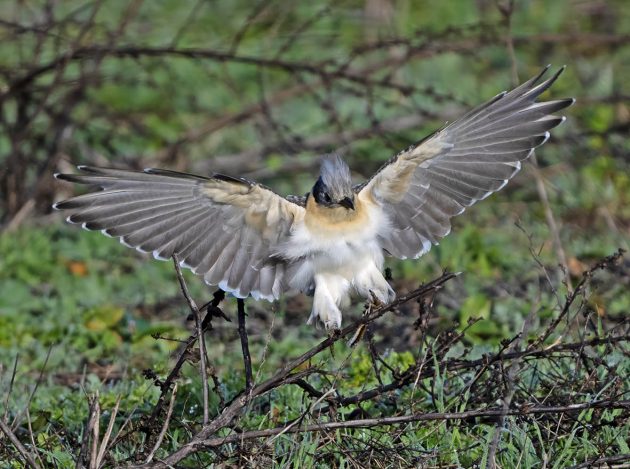
One thing that the study also showed, albeit with limited data, was that these cuckoos migrate at night, singly. Now, that raises an interesting question. I found ten birds in a small area, eight of them in a one-hectare patch. I had assumed that they had arrived as a flock but perhaps they are all simply programmed to get here at the right time and it is here that they meet. That might explain the excitement among the different individuals, calling loudly and chasing each other in between breaks in caterpillar-hunting.
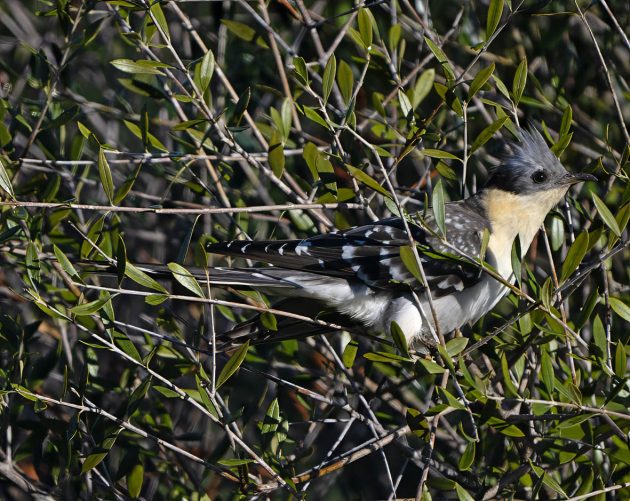
For a brief while I entered the world of another species and I felt privileged. I wasn’t just looking and photographing them. I was, somehow, in their world, catching a glimpse of a miniscule reality that is a part of a greater world – my world and also their world. That’s my kind of birding!
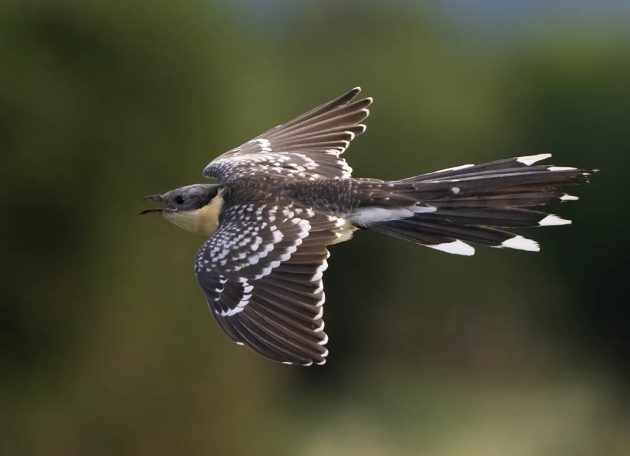

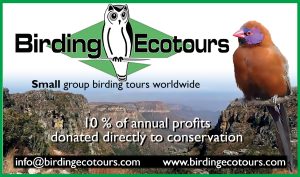
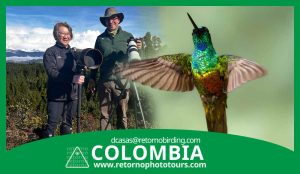
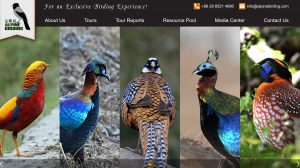
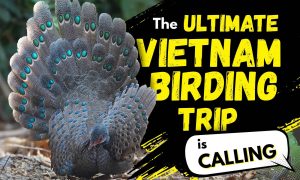
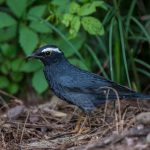
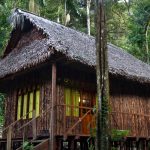
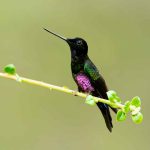
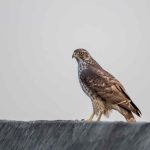
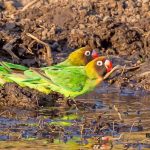
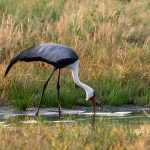

Great pictures: fascinating birds.
There are several “parallel” worlds for me that I wish I could interpret better, one of them is birds and another insects. Humans, myself included, have lost the idea of the inclusive “wholeness” of nature. Hence we say we need to “discover” the secrets of nature, only because we have learned to ignore and neglect our place in the natural world. We are animals and yet we dislike being called animals, as if taking ourselves out of the natural context has made us “better”, when it is causing us countless problems. And, surely, people whose friends are birds, or insects, just might get treated as aliens sometimes. Truly complicated and contradictory world we have created. Lovely article.